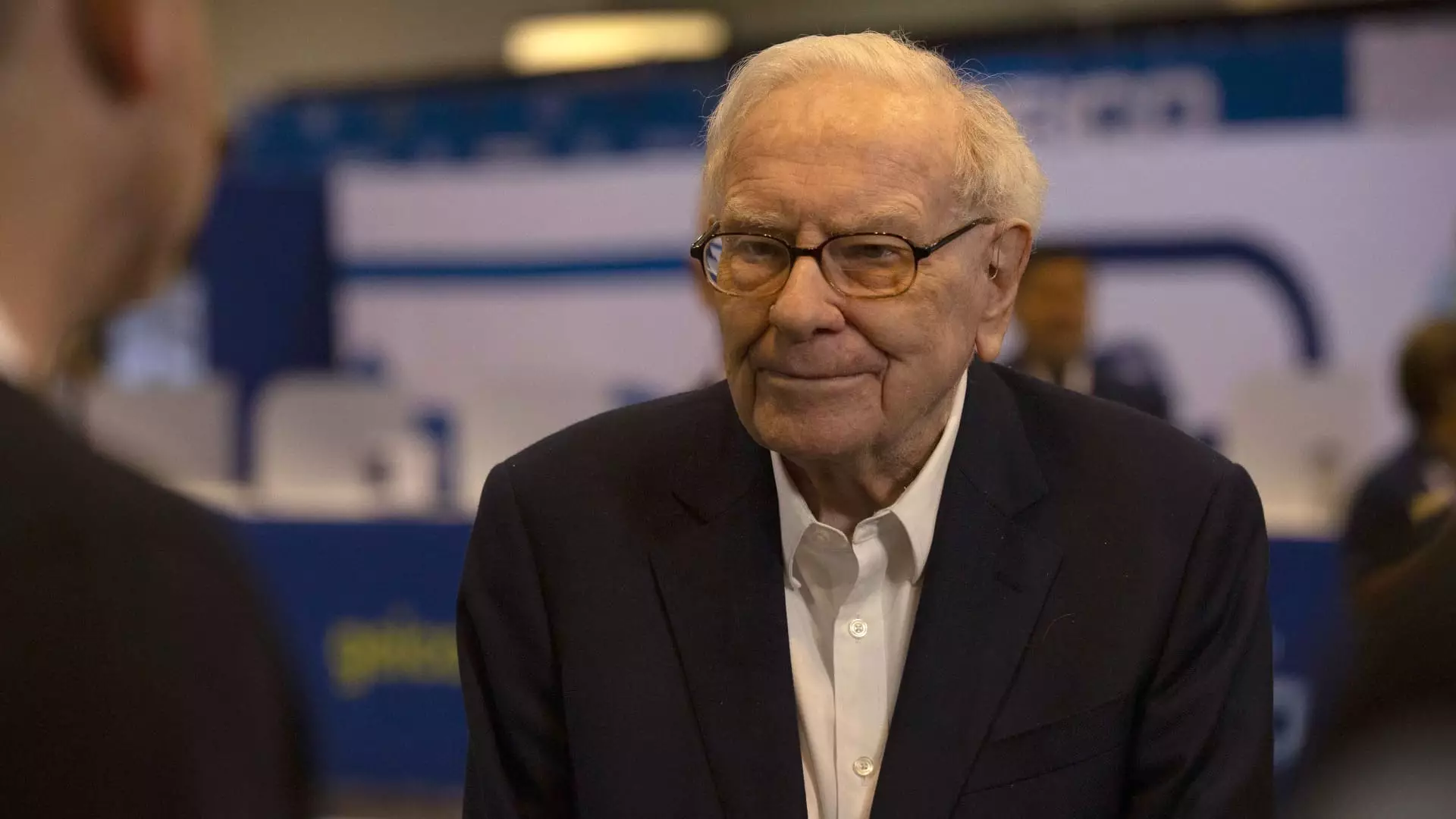Warren Buffett’s Berkshire Hathaway recently made headlines by reducing its stake in Bank of America (BofA) below the pivotal 10% threshold, following a pattern of sell-offs that began in mid-July. In a regulatory filing with the U.S. Securities and Exchange Commission (SEC), it was revealed that the company sold over 9.5 million shares across three distinct transactions during a short span from Tuesday to Thursday. As a result, Berkshire now holds approximately 775 million shares, representing a 9.987% ownership in the bank. This decision not only reflects a significant financial maneuver but also alters the reporting obligations for Berkshire. Holdings below 10% relieve the firm from the stringent requirement to report transactions regarding a company within two business days, potentially signaling a tactical withdrawal from a long-standing investment.
The implications of dropping below the 10% threshold are far-reaching. While this strategic shift may offer Berkshire more operational flexibility in its investment approach, it also raises questions for investors and market analysts regarding Buffett’s future intentions. With this reduction, much speculation will now center on what Buffett might pursue next, as his investment strategies have historically provided insight into broader market trends. The next public disclosure under SEC regulations will not occur until mid-November, when Berkshire files its 13F report, revealing equity holdings as of the end of September. Until then, the marketplace is left to ponder the next moves of the ‘Oracle of Omaha.’
Interestingly, despite Berkshire Hathaway’s exits from Bank of America, the financial sector has displayed a degree of resilience. In recent weeks, BofA’s shares have increased by about 1%, suggesting that the market is not overly perturbed by Buffett’s decisions. Remarkably, BofA’s CEO, Brian Moynihan, noted the stock’s absorptive capabilities, bolstered partially by the bank’s stock buyback initiatives. Buffett’s history with BofA is also notable; his initial investment in 2011, which involved a sizable purchase of preferred stock and warrants, was pivotal in restoring investor confidence during the turbulent aftermath of the subprime mortgage crisis.
Buffett’s current actions can also be contextualized within a broader strategy of divesting from several key banking holdings, including institutions like JPMorgan and Goldman Sachs. His remarks from last year reflect a rather cautious stance regarding the banking sector, particularly amid the 2023 banking crisis. Buffett aptly highlighted the challenges of deposit retention, noting that experiences from the 2008 financial collapse and recent failures had altered market sentiment and trust in financial institutions. The advent of digital banking and fintech innovations has turned traditional banking stability into a more precarious balancing act, with bank runs becoming an all-too-simple reality in times of turmoil.
Warren Buffett’s recent stake reduction in Bank of America is a noteworthy event within the financial landscape. It demonstrates not only a shift in investment strategy but also encapsulates the evolving challenges and sentiments surrounding the banking industry. As observers await further developments, the implications of this move will likely reverberate through the markets, influencing both equity investors and strategic financial planning.

